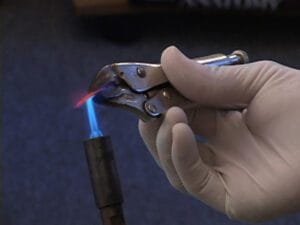Mitigating Risk with Cell Popping and Micro Branding in FemDom Play

cell popping and micro branding in FemDom play. Learn about the method, techniques, risks, essential equipment, safety measures required for these intense sensory experiences. Understand the detailed aftercare process to ensure proper healing and avoid complications.






